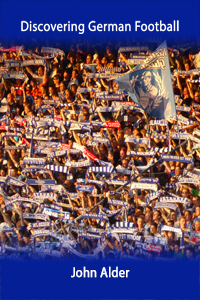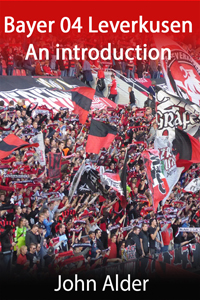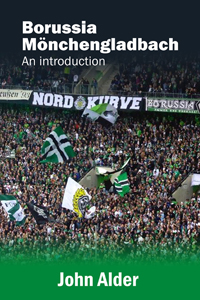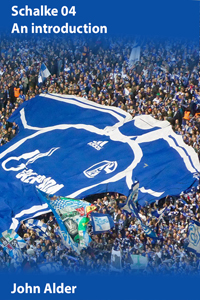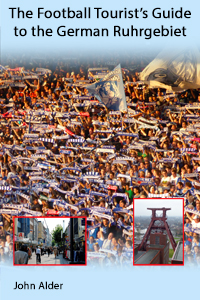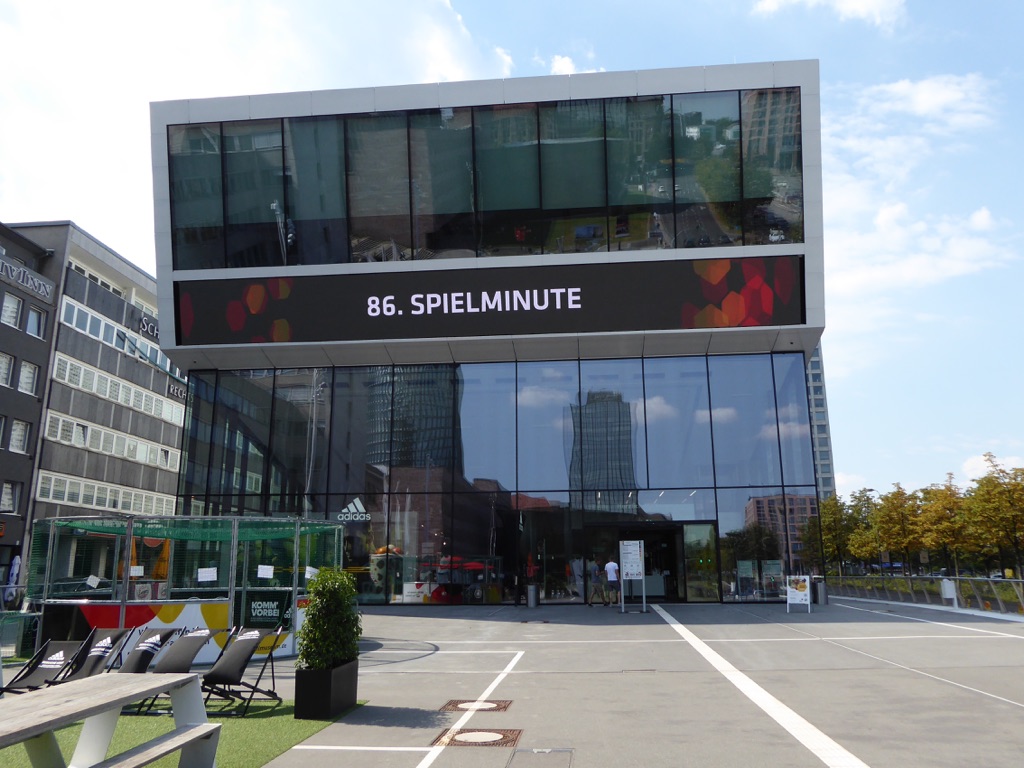
Football history at its best
The German Football Museum is right in front of Dortmund main station, making it one of the simplest destinations in the region for football fans. Spread over three floors of a brand new building, it offers a panoramic and highly informative overview of the story of German football at national and club level. Memorabilia and descriptions (in English as well as German), audio visual presentations and high-tech displays keep the visitor engaged and intrigued from start to finish. It will cost you 17 euros to get in, but for anyone interested in the story of German football and its interaction with history and society, this is money very well spent. I spent over three hours there and came out inspired and fascinated.
Through the players’ tunnel and into the Miracle of Bern
The tour starts in the ‘players’ tunnel’. This is an escalator journey through the sights and sounds of football – a huge visual display of club colours, badges, scarves and slogans, and the noise of fans cheering, shouting and chanting that gets louder as you go up. You then emerge onto the third floor for the ‘first half’ of your visit.
And you start right in the middle of one of the biggest events in German football history – the ‘Miracle of Bern’. This is the story of how, against all the odds, underdogs Germany won the 1954 World Cup. As you would expect, you can read about the games, the players and the tactics.
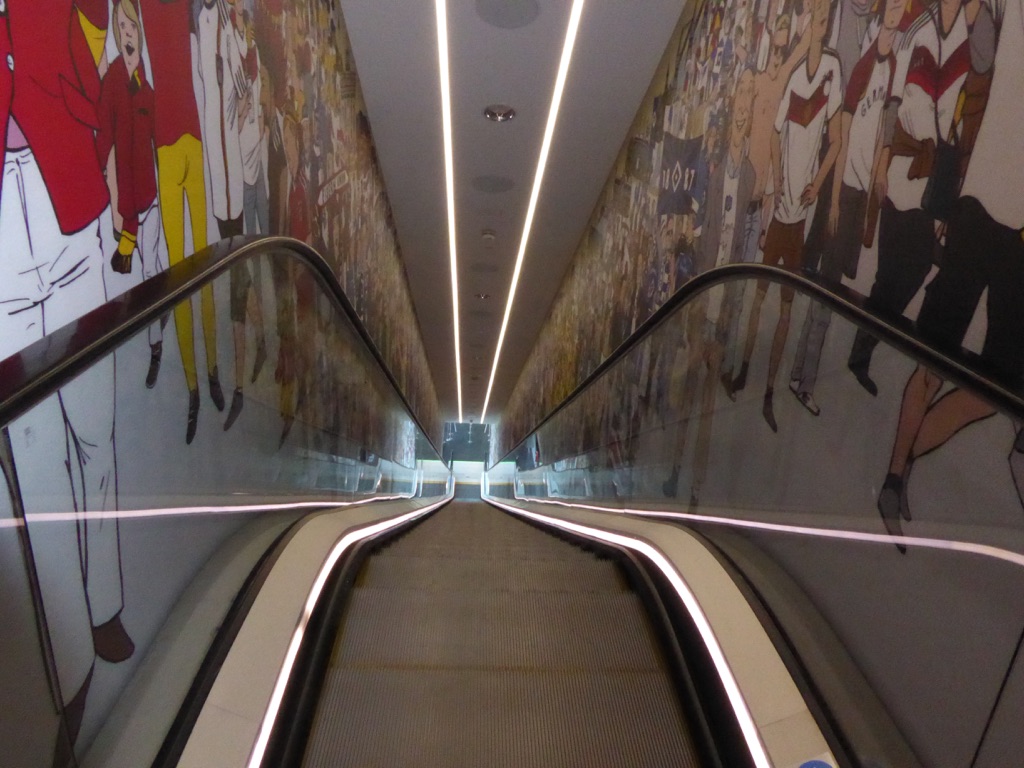
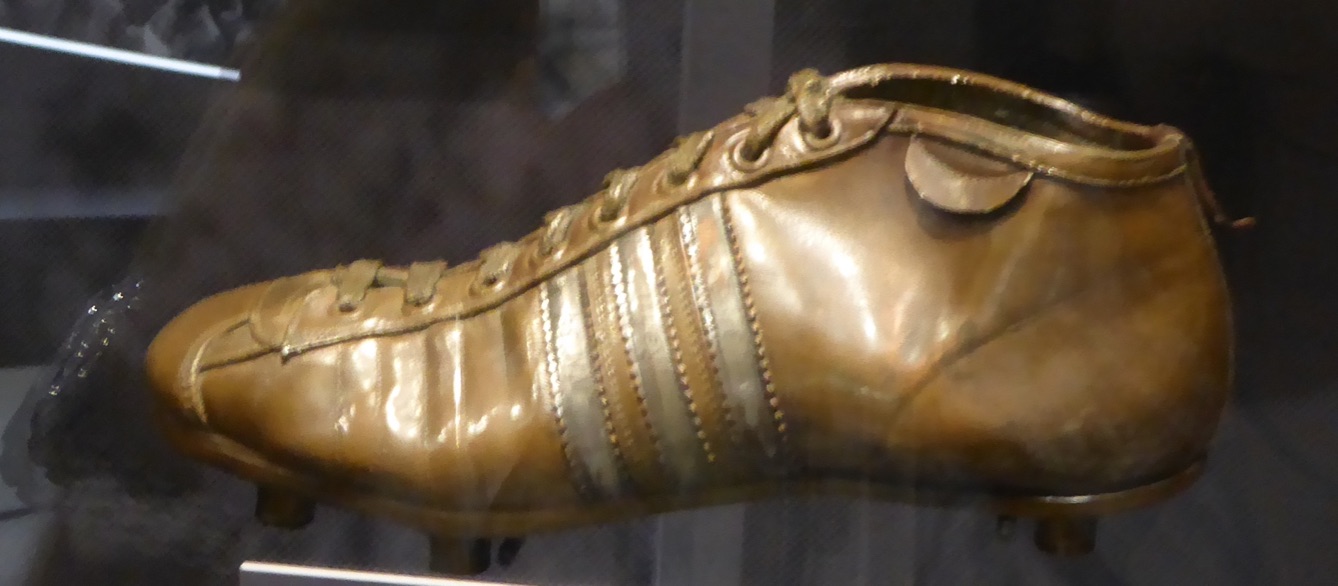
There are full-length photos of the entire starting eleven, and masses of memorabilia, including the very boot Helmut Rahn used to score the winning goal in the final against Hungary. My favourite section was a re-created 1950s sitting room, including a television from the period showing highlights of the final. So you hear the voice of Robert Zimmerman providing one of Germany most famous sporting broadcasts – the equivalent of “They think it’s all over” – as people would have heard it at the time
World Cups
I then struggled to decide what to look at next. You are spoiled for choice, and everywhere you look something cries out for your attention.
In the end, I decided to spend twenty minutes looking at three huge screens showing highlights of world cup games through the decades. Winning four World Cups and three Euros is a stunning achievement. Just as impressive is that while there is lots of celebration and pride in the display, there is absolutely no triumphalism.
Next, I looked at an interactive display about Geoff Hurst’s disputed goal in 1966 World Cup Final. After watching and controlling replays from different angles you get to vote on whether you think it was a goal or not. After long deliberation, I voted yes, of course.
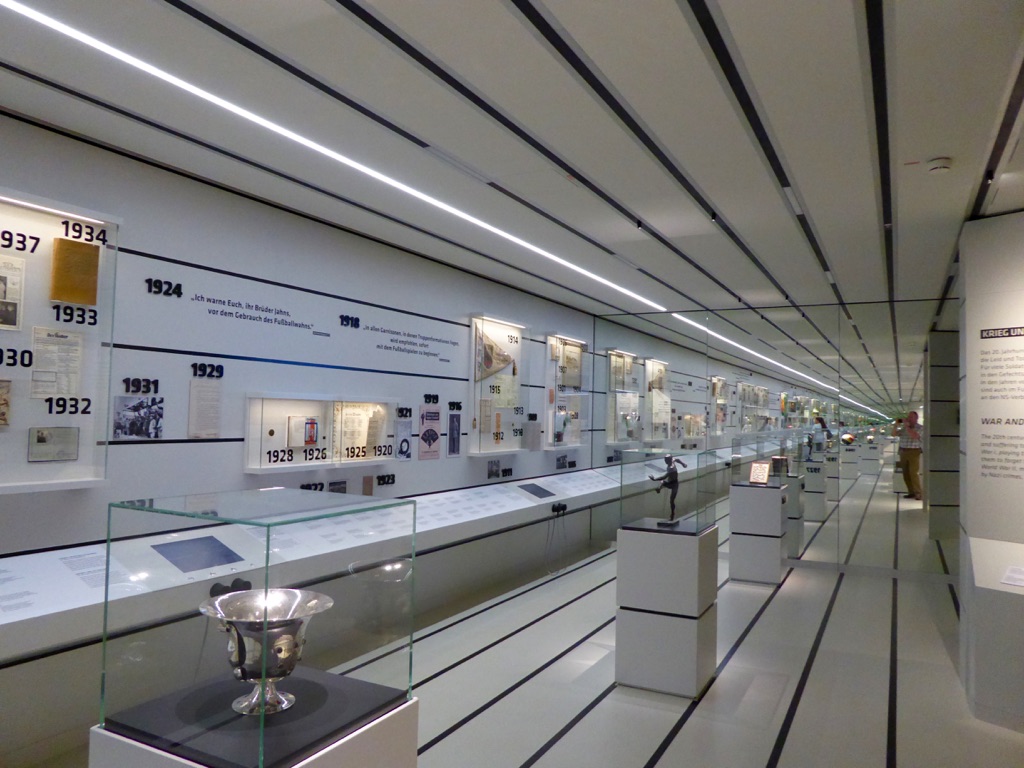
The story of German football
Then it was time for a display about the history of German football and the German Football Association. There was memorabilia, of course, but also plenty of facts and stories. Quite rightly, the game’s origins in Great Britain and the influence of our clubs and coaches in the early years is acknowledged. A section on football under the Nazis made sure the darker side of German history is not glossed over. As well as describing the marginalisation and exclusion of Jews from their clubs, this display includes the sad story of Julius Hirsch, a veteran of the First World War and the first Jew to play for the German national side, who was deported to Auschwitz where he was murdered.
As Germany is the only nation to have won both the men’s and women’s World Cup it is only right that the women’s game also gets good really good coverage. The story of football in the German Democratic Republic is also not forgotten.
The Golden Generation
Then I found myself in a section called the ‘Golden Generation’. This stunning multimedia presentation is narrated by Head Coach Joachim Löw about the years leading up to the 2014 World Cup finals. He describes how Germany recovered from the disaster of Euro 2000 to get closer and closer to and finally achieving the goal of becoming World Champions.
3D Cinema
Next, you go to the 3D cinema. This is like no other cinema I have ever seen. You don’t need special glasses – everything appears as if in three dimensions right in front of you. Holograms of stars such as Phillip Lahm, Bastian Schweinsteiger and Christoph Kramer recount their favourite memories of the World Cup campaign and how they felt at different moments. These appearances are interspersed with footage of games and interviews with other players. Of course, there is a big section on the 7:1 semi-final victory over Brazil. The grand finale of the presentation is a re-enactment by Mario Götze of his winning goal in the dying minutes of the final against Argentina. Although everything was in German, I would imagine non-German speakers would still get a lot out of this film – particularly Götze’s final shot!
This marked the end of the ‘first half’ and I had another difficult choice to make: whether to take a half time break upstairs in the restaurant or to continue straight into the ‘second half’. I opted to keep going.
Trophies, coaches and tactics
A staircase brought me out in the trophy cabinet, and there they were – the World and European Cups alongside dozens of other pieces of shiny silverware.
This was followed by a huge display about the history of tactics and training, including footage of all the great club managers.
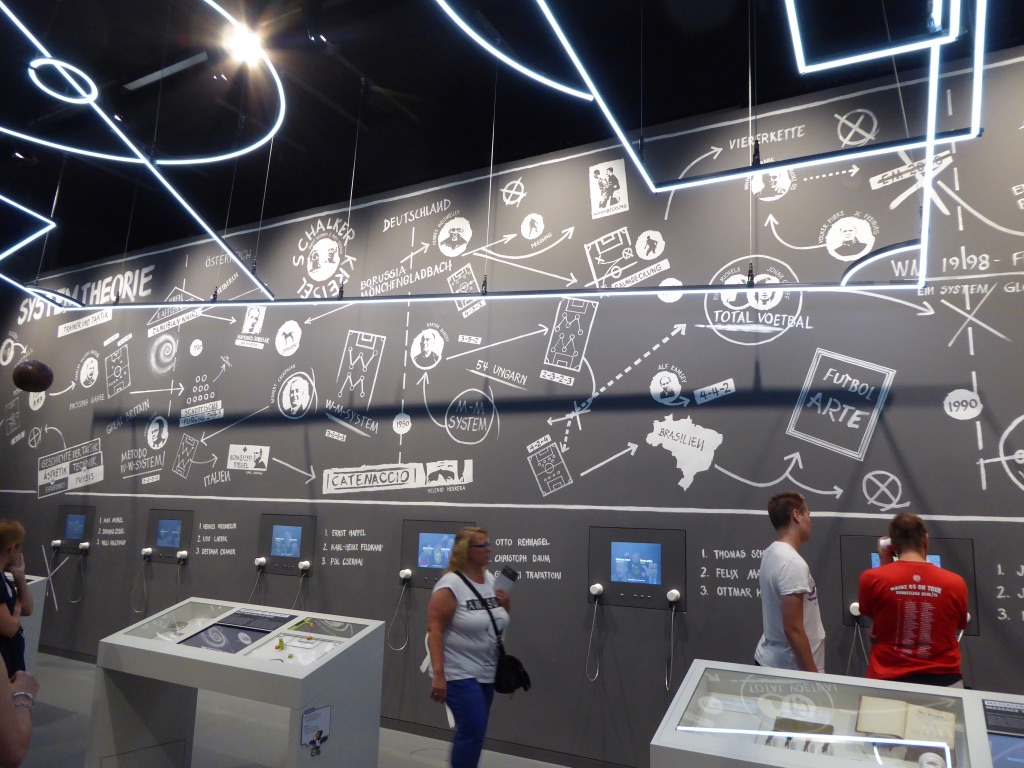
The clubs
You then move on to a section covering German club football from its beginnings up to the formation of the Bundesliga in 1963. – the early clubs and competitions, the top teams and players in the 1920s and 1930s, club football during and after the war and into the 1950s. Again, great memorabilia illustrated the history. For example, there is the only remaining ticket from the very first Cup Final of 1903 between Prague and Leipzig. It reminds you of the high proportion of Germans living at that time in what is now the Czech Republic and also how basic the game was in those days. Apparently, they had to delay kick-off until a suitable ball could be found.
I was intrigued to learn that German youngsters used to collect football cards just like their British equivalents.
It was also quite poignant to see the names and stories of once-great teams that have either declined to lower leagues or fallen by the wayside. Viktoria Berlin, for example, was a founder member of the DFB, won the championship in 1908 and 1911, but now plays in the fourth tier Oberliga Nord. Rot Weiß Essen won the German cup in 1953 and the league in 1955 but now plays at the same level in the Regionalliga West.
The Bundesliga
You then find yourself looking at the five decades of the Bundesliga since its foundation in 1963. Key events, top players and managers, winners and losers all get a mention. For each decade there is a dream team nominated by a jury of renowned coaches.
The Bundesliga roundabout
Passing displays about the German and European Cups you arrive at the Bundesliga-Karussel. This is also multimedia at its best. Visitors sit on a rotating bank of seats inside a dome. As you slowly go round, you follow a 360-degree film showing clips about different aspects of the game. I could have spent an entire afternoon just going round and round watching different collections.
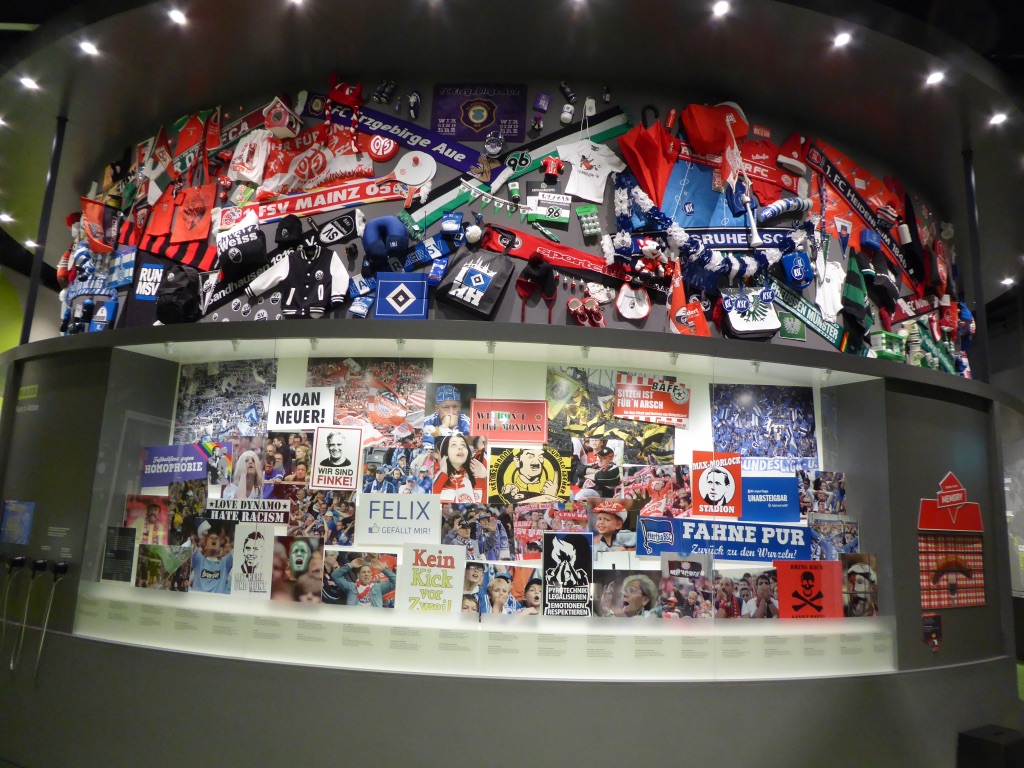
The fans
The outside of the carousel is dedicated to football fans. There are examples not just of how important football is to fans, but also the importance of fans to the game. Aspects of fan culture – songs, badges, cut-off jackets, Ultras – are covered well, and there are countless examples of how collective action by fans has influenced clubs and the football association.
The man with the whistle
Referees are not forgotten either. There is a display all about their contribution to the game. Memorabilia included disciplinary reports
Hall of Fame
The Hall of Fame was next: the names and pictures of the great players and managers from the beginning to the present day. If you wanted, there was sound and video footage available.
Time added on
Then it was down to the ground for ‘extra time’. This involved taking a look at the German team bus and grabbing a snack and a drink at the bistro. Next to the staircase back to reception, there is display of the names of over 26,000 DFB football clubs, with the motto “Wir sind Fussball” – “We are football”.
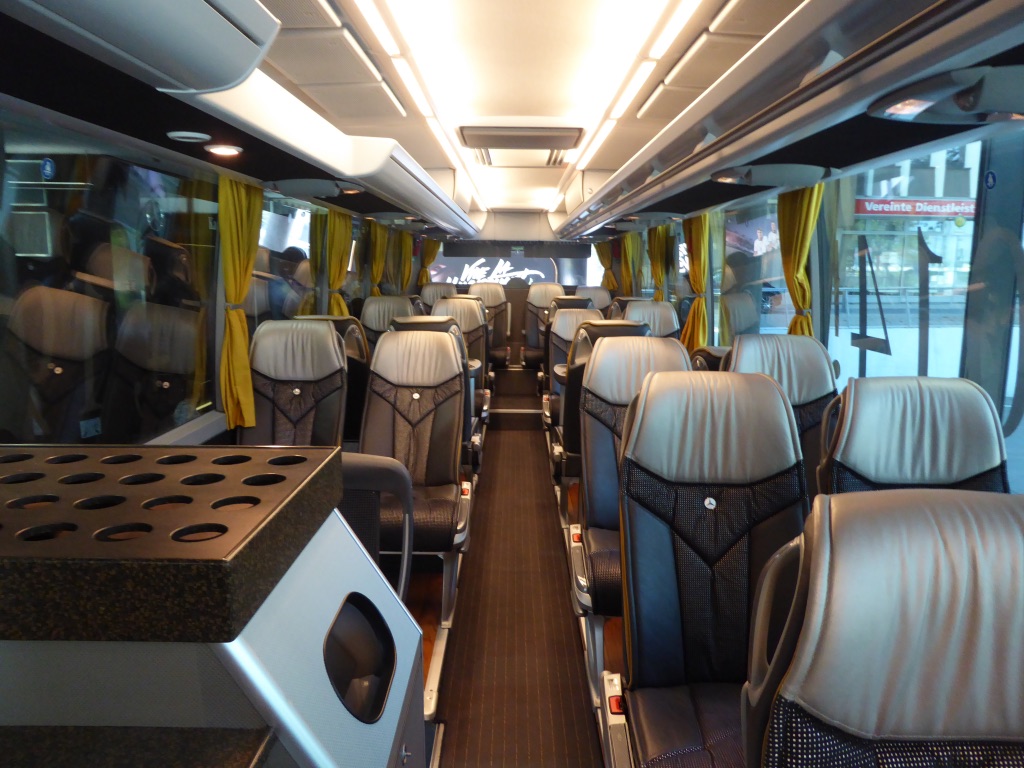
When they were young
There was to be one final treat. I popped down to the basement to collect my bag and coat. Next to the lockers was a small display of photographs of the world cup winners as young boys. What a motivation for the next generation of footballers, to see the likes of Lahm, Götze and Õzil as they were starting out.
Well worth the entrance fee
This was one of the best visits I have ever made to a museum. 17 euros to get in might seem a bit steep, but the quality of the displays, the superb use of modern technologies and the huge amount of content made it feel well worth it to me. I could happily have stayed longer, and I will be back next time I am near Dortmund.
